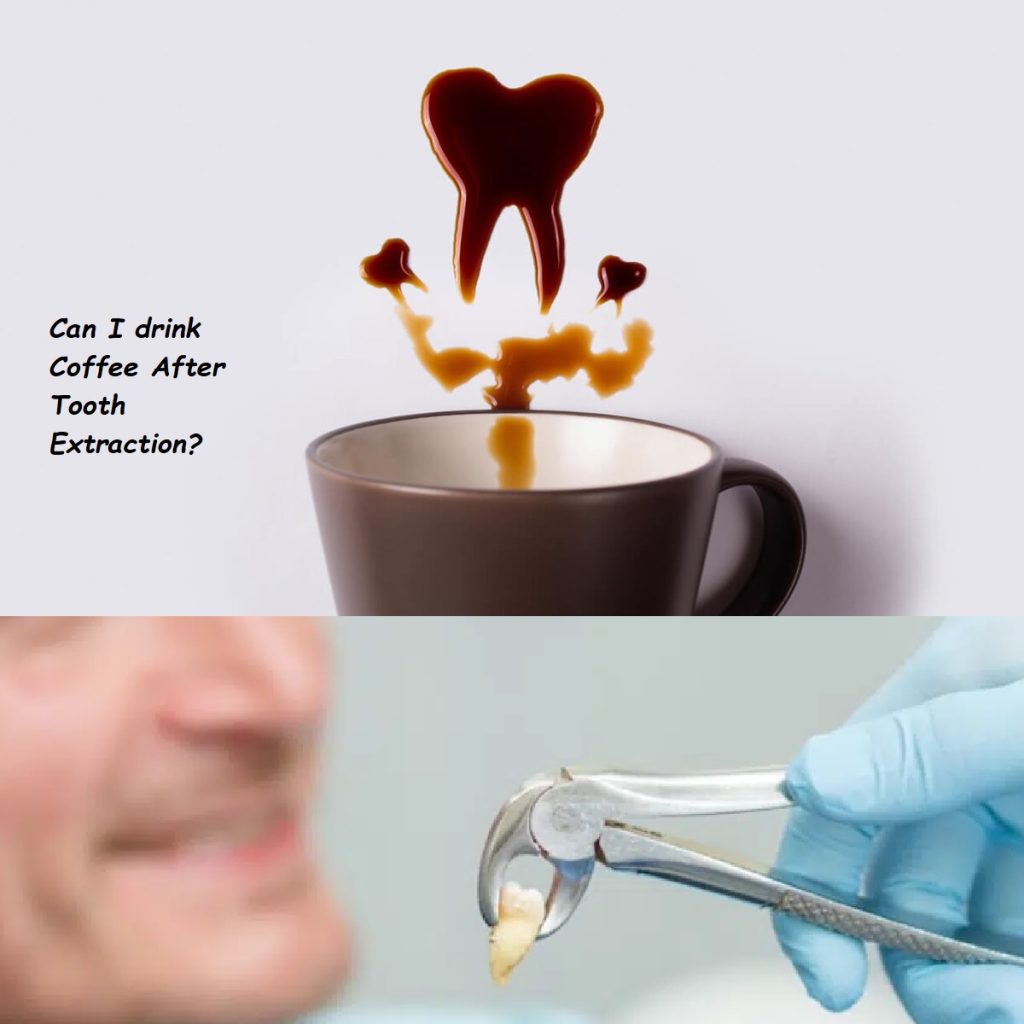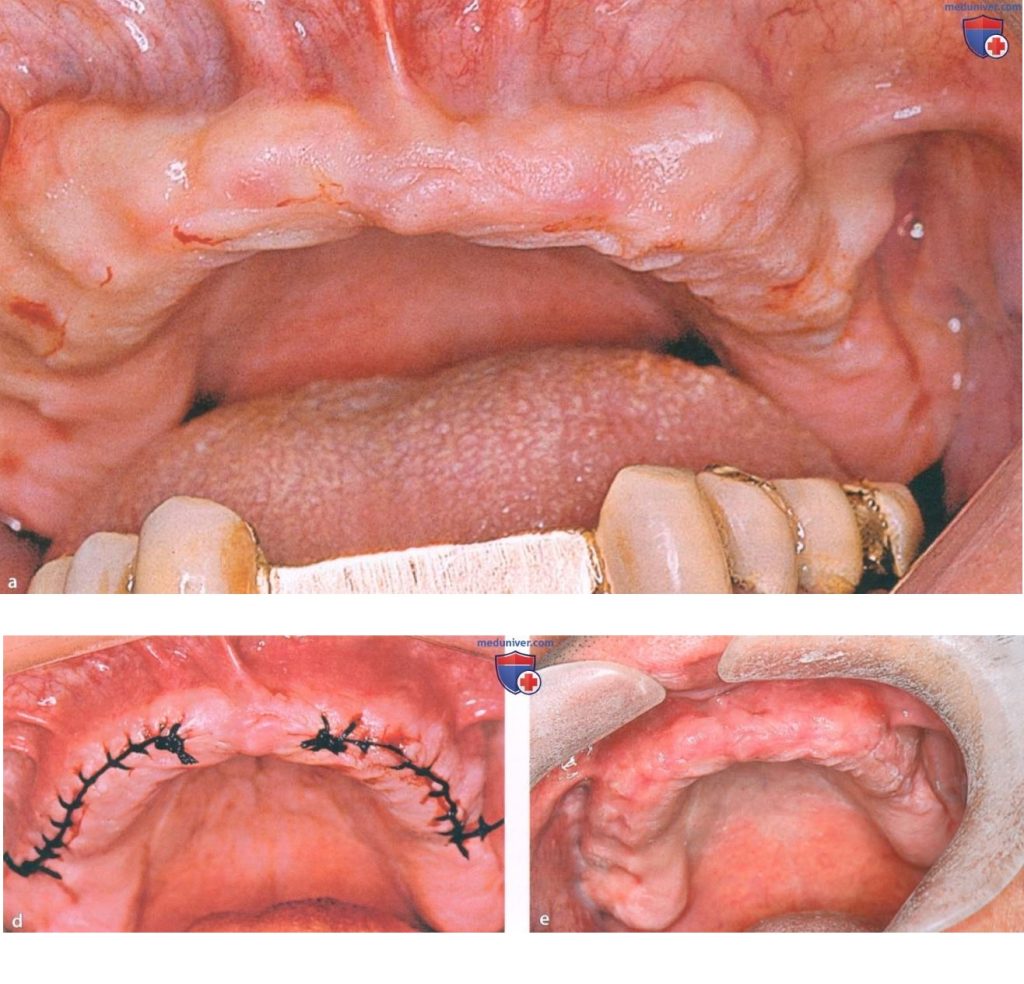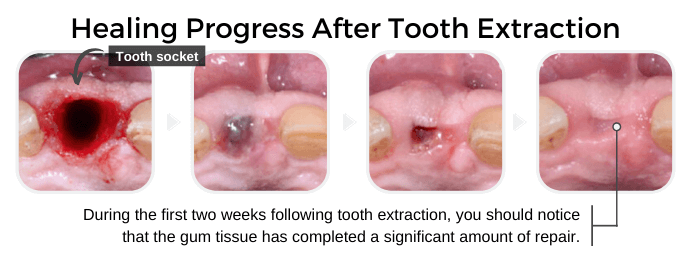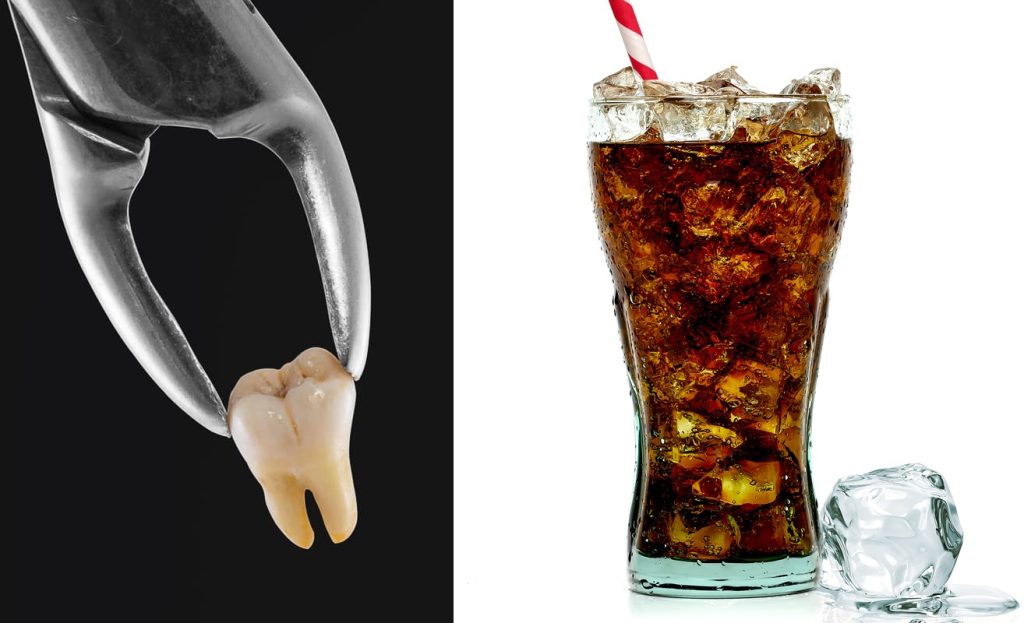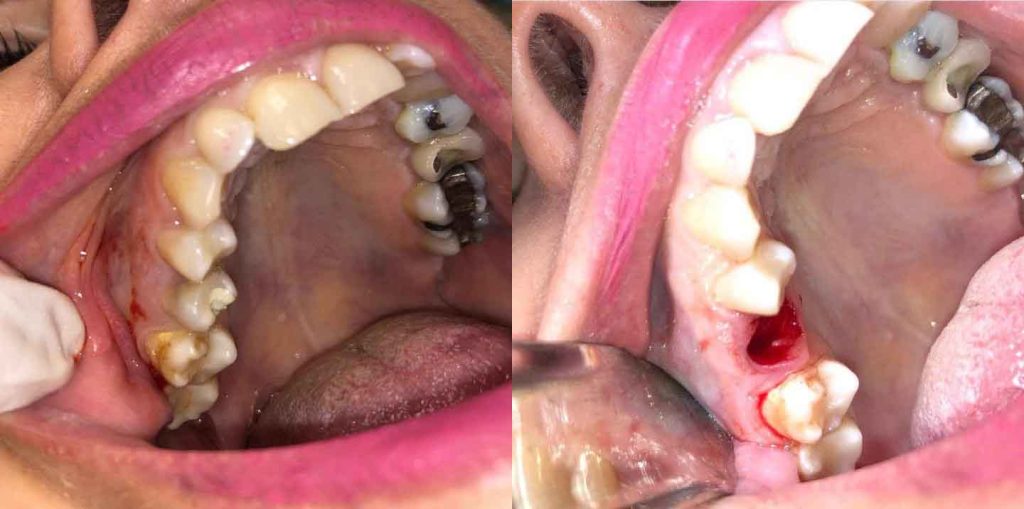Can you fly after having a tooth extracted
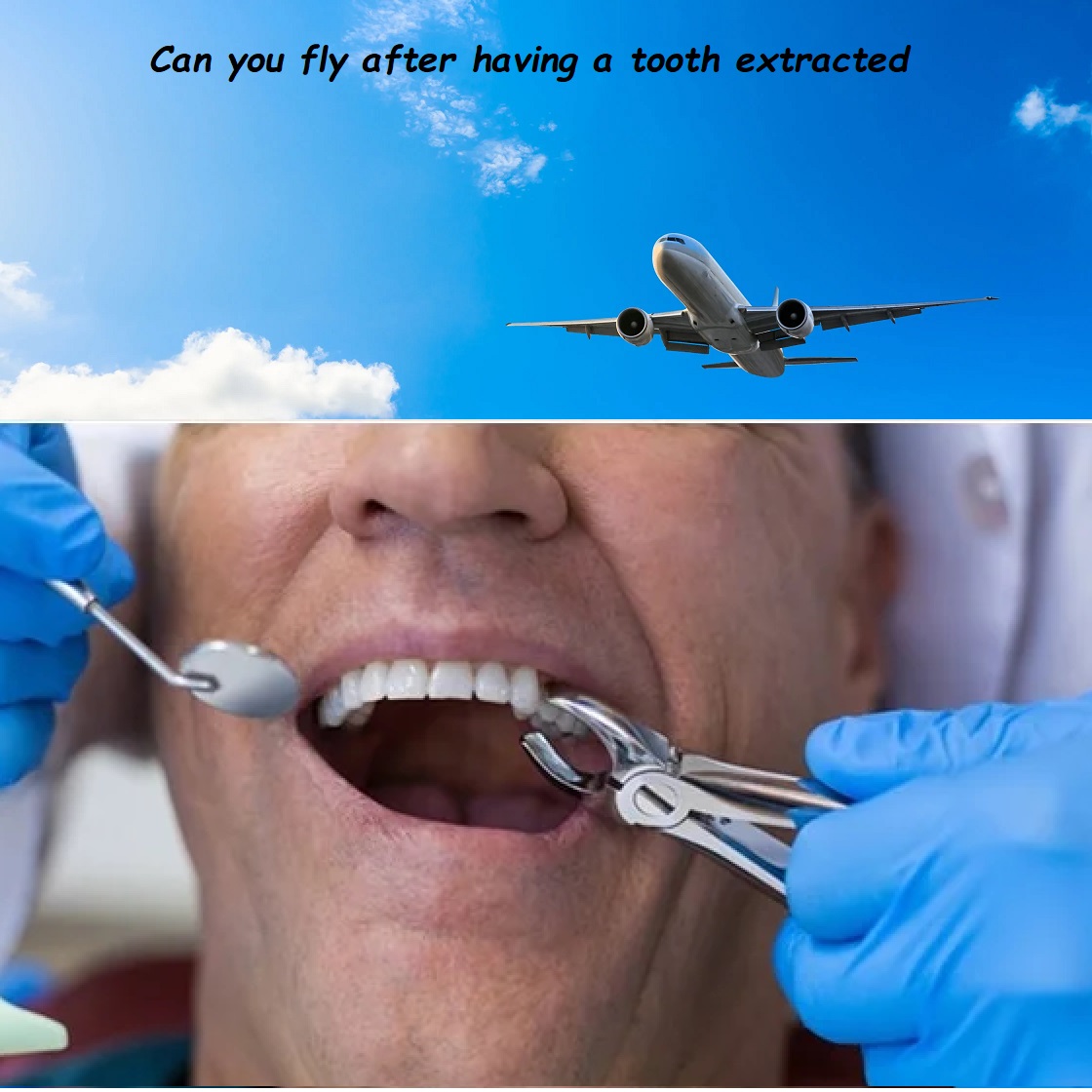
Can You Fly After Having a Tooth Extracted? A Guide to Safe Travel and Post-Extraction Care
Traveling by air is a common part of life, whether for business, pleasure, or necessity. But if you’ve recently had a tooth extracted, you might wonder if it’s safe to board a plane so soon after your dental procedure. Flying after a tooth extraction raises several concerns, including potential discomfort, complications related to air pressure changes, and the impact on your healing process. In this guide, we’ll explore whether it’s safe to fly after having a tooth extracted, what you should consider before taking to the skies, and how to ensure a comfortable and safe journey during your recovery.
Is It Safe to Fly After a Tooth Extraction?
In most cases, it is generally safe to fly after a tooth extraction, but there are several factors you should consider to ensure that your travel plans don’t interfere with your recovery. Here’s what you need to know:
1. Timing Matters
The timing of your flight after a tooth extraction is critical. The first 24 to 48 hours after the procedure are the most crucial for the formation and stabilization of the blood clot in the extraction site. This clot is essential for proper healing and protecting the underlying bone and nerves.
- Recommendation: If possible, it’s best to avoid flying within the first 24 to 48 hours after your extraction to allow the blood clot to form and the initial healing to begin. If you must fly during this period, consult your dentist for personalized advice.
2. Air Pressure Changes
One of the main concerns with flying after a tooth extraction is the change in air pressure that occurs during takeoff and landing. These pressure changes can sometimes cause discomfort or pain, particularly if the extraction site is still sensitive or if there is any residual swelling.
- Impact of Air Pressure: The sinus cavities and air spaces in the mouth can be affected by changes in cabin pressure, potentially leading to increased pain or discomfort at the extraction site.
- Recommendation: If you’re prone to sinus issues or if your extraction was particularly complicated, discuss your travel plans with your dentist. They may recommend delaying your flight or provide advice on how to manage any discomfort during the flight.
3. Risk of Dry Socket
Dry socket is a painful condition that can occur if the blood clot at the extraction site is dislodged or fails to form properly. Activities that involve changes in pressure, such as flying, can increase the risk of developing dry socket, especially if the extraction was recent.
- Recommendation: To minimize the risk of dry socket, avoid activities that could disrupt the blood clot, such as using a straw, smoking, or forceful spitting. If you need to fly, take precautions to protect the extraction site, such as chewing on the opposite side of your mouth and avoiding excessive mouth movements.
4. Hydration and Comfort
Flying can be dehydrating, and staying well-hydrated is important for both your overall health and your recovery from a tooth extraction. Dehydration can slow down the healing process and exacerbate any discomfort you may feel.
- Recommendation: Drink plenty of water before, during, and after your flight. Avoid alcohol and caffeine, which can contribute to dehydration. Bring a water bottle on the plane to ensure you stay hydrated.
Tips for Flying After a Tooth Extraction
If you need to fly after having a tooth extracted, here are some tips to help make your journey as comfortable and safe as possible:
1. Plan Ahead
If you know in advance that you’ll be flying after your tooth extraction, discuss your travel plans with your dentist before the procedure. They can provide specific advice based on the complexity of your extraction and your individual healing process.
- Tip: If possible, schedule your extraction at least a few days before your flight to allow time for initial healing and to reduce the risk of complications.
2. Pack Pain Relief Essentials
Flying can sometimes exacerbate discomfort, so bringing pain relief essentials with you is a good idea. Over-the-counter pain relievers, such as ibuprofen (Advil, Motrin) or acetaminophen (Tylenol), can help manage any pain or swelling during your flight.
- Tip: Bring your medication in your carry-on bag, and take it as your dentist directs. If you’re prone to motion sickness, consider also bringing an anti-nausea medication.
3. Use a Cold Compress
If you experience swelling or discomfort during your flight, applying a cold compress to the outside of your cheek near the extraction site can help reduce inflammation and numb the area.
- Tip: Bring a small, portable cold pack with you that can be activated when needed. Apply it to your cheek for 15-20 minutes at a time, taking breaks between applications.
4. Chew Gum to Relieve Pressure
Chewing gum during takeoff and landing can help equalize the pressure in your ears and sinus cavities, reducing discomfort. However, be cautious about chewing on the side of your mouth where the extraction occurred to avoid disturbing the healing site.
- Tip: Choose a sugar-free gum to keep your mouth hydrated and avoid putting additional stress on your teeth.
5. Stay Calm and Relaxed
Stress and anxiety can exacerbate pain and discomfort, so it’s important to stay calm and relaxed during your flight. Practice deep breathing exercises, listen to calming music, or meditate to help reduce stress levels.
- Tip: If you’re anxious about flying or about your recovery, talk to your dentist or doctor about options to help you stay calm, such as anti-anxiety medication.
When to Delay Flying After a Tooth Extraction
While flying is generally safe after a tooth extraction, there are certain situations where it may be best to delay your travel plans:
- Complicated Extraction: If your extraction was particularly complex, such as the removal of impacted wisdom teeth, your dentist may recommend postponing your flight until you’ve had more time to heal.
- Persistent Pain or Swelling: If you’re experiencing significant pain or swelling that isn’t improving, it may be a sign that your extraction site needs more time to heal. Delaying your flight can help prevent complications.
- Signs of Infection: If you notice any signs of infection, such as fever, increased swelling, or pus at the extraction site, contact your dentist immediately and delay flying until the infection is under control.
Frequently Asked Questions About Flying After a Tooth Extraction
Q: How soon after a tooth extraction can I fly?
A: It’s generally recommended to wait at least 24 to 48 hours before flying after a tooth extraction to allow the initial healing process to begin. If possible, consult your dentist for personalized advice based on your specific situation.
Q: Can flying cause dry socket after a tooth extraction?
A: Flying can potentially increase the risk of dry socket due to changes in air pressure and the potential for dehydration. Taking precautions, such as staying hydrated and avoiding activities that could disrupt the blood clot, can help minimize this risk.
Q: What can I do to manage pain while flying after a tooth extraction?
A: Over-the-counter pain relievers, cold compresses, and chewing gum during takeoff and landing can help manage pain and discomfort while flying. Be sure to follow your dentist’s advice on pain management.
Q: Should I avoid certain foods or drinks while flying after a tooth extraction?
A: Yes, it’s best to avoid hard, crunchy, or sticky foods that could irritate the extraction site. Stick to soft foods and drink plenty of water to stay hydrated. Avoid alcohol and caffeine, as they can contribute to dehydration.
Q: What should I do if I experience severe pain or complications while flying?
A: If you experience severe pain or other complications during your flight, contact your dentist as soon as possible after landing. If necessary, seek medical attention at your destination.
Conclusion: Safe Flying After a Tooth Extraction
Flying after a tooth extraction is usually safe, but it requires some careful planning and consideration to ensure a smooth recovery. By taking into account the timing of your flight, the potential impact of air pressure changes, and the importance of staying hydrated, you can minimize discomfort and reduce the risk of complications like dry socket.
Before you travel, consult with your dentist to get personalized advice based on the specifics of your extraction and healing process. With the right precautions and preparations, you can fly confidently and comfortably, allowing your mouth to heal properly while keeping your travel plans on track.



